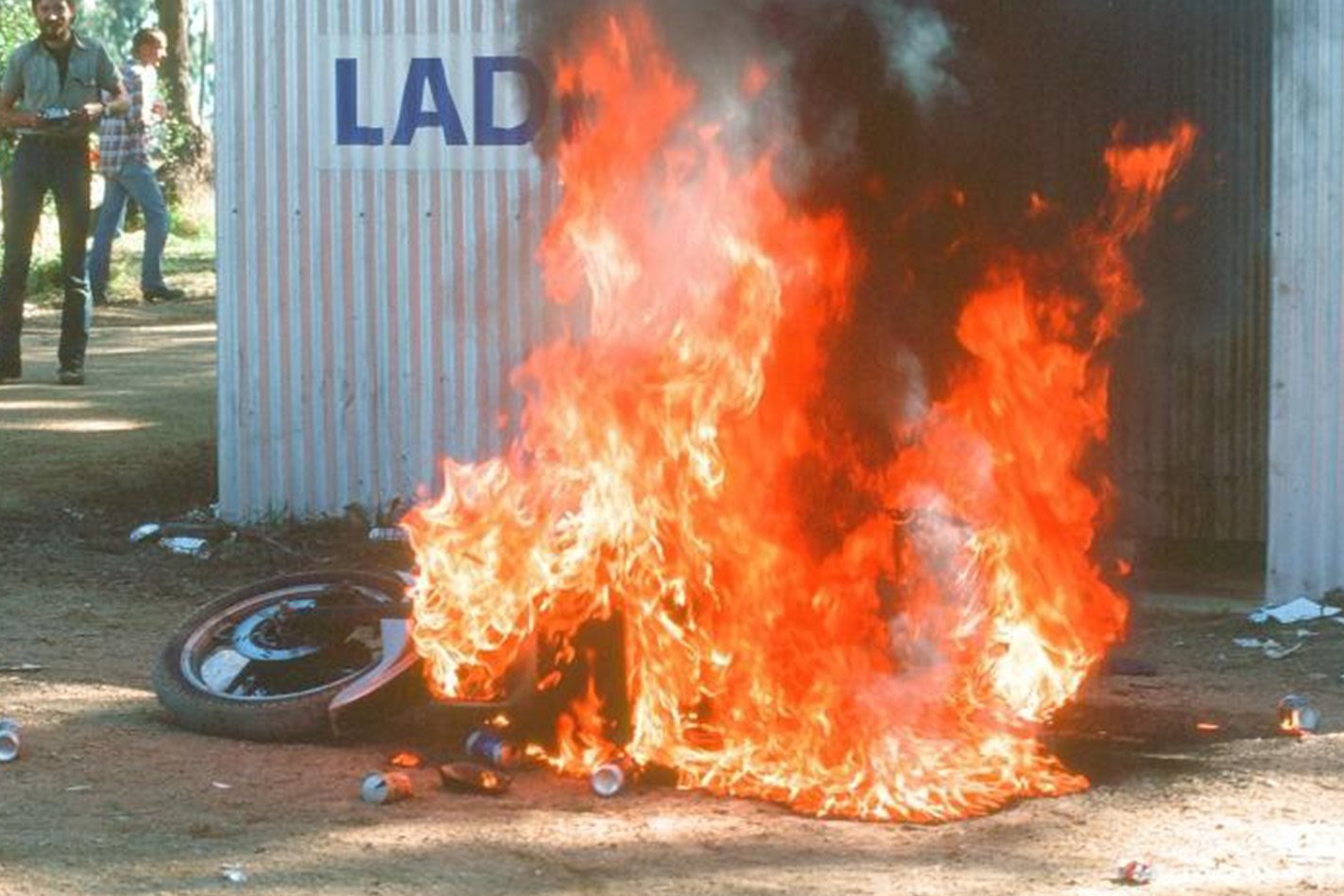Burning cars on their roofs, surrounded by rabid race fans, with rocks being thrown at police.
It’s an image seared into the collective memory of Australia’s motorsport community – along with slabs of beer being buried at the top of Mount Panorama. However, as the mist of time has thickened, it’s a memory that has become somewhat obscured.
For many, the image of rioting race fans would be associated with the Bathurst 1000, the biggest race meeting held at Mount Panorama each year. But that’d be wrong.
Sure, the car racing fans that attended the 1000 each October were prone to burning the odd car here or there, with some circle work thrown in for good measure. In the ’70s and ’80s the top of the mountain was certainly a fairly lawless place during those early October weekends – not the kind of event you’d drag mum and the kids along to – but it was never anything that could be called a riot.
For the truly spectacular displays of anti-authority rebellion you had to turn the calendar to early in the year, when tens of thousands of our two-wheel brethren would descend on The Mountain for the annual Easter races.

Having run since the ’30s, the Easter races at Bathurst were a staple of the Australian motorbike racing calendar at the time, and much like the 1000, fans would make the pilgrimage to Mount Panorama from around the country.
There was nothing particularly unusual about the behaviour of the motorcycle racing fans compared to their car counterparts. They were just as prone to drinking in the sun and partying by firelight as anyone else.
Each Easter the population of Bathurst would swell to 70,000, roughly 30,000 of those being motorcycle racing fans, with the police force in turn growing from the 25 normally stationed in the town to more than 500.
However, in the early ’80s the relationship between the fans and police began to sour. A number of big clashes with police in ’81 prompted police to increase their presence the following year, bringing with them the newly formed Tactical Response Group (TRG). The authorities, looking for a potential scapegoat, also claimed there was an increased presence of bikie gangs at the events, and began conducting more searches of all motorbike riders during race weekends.
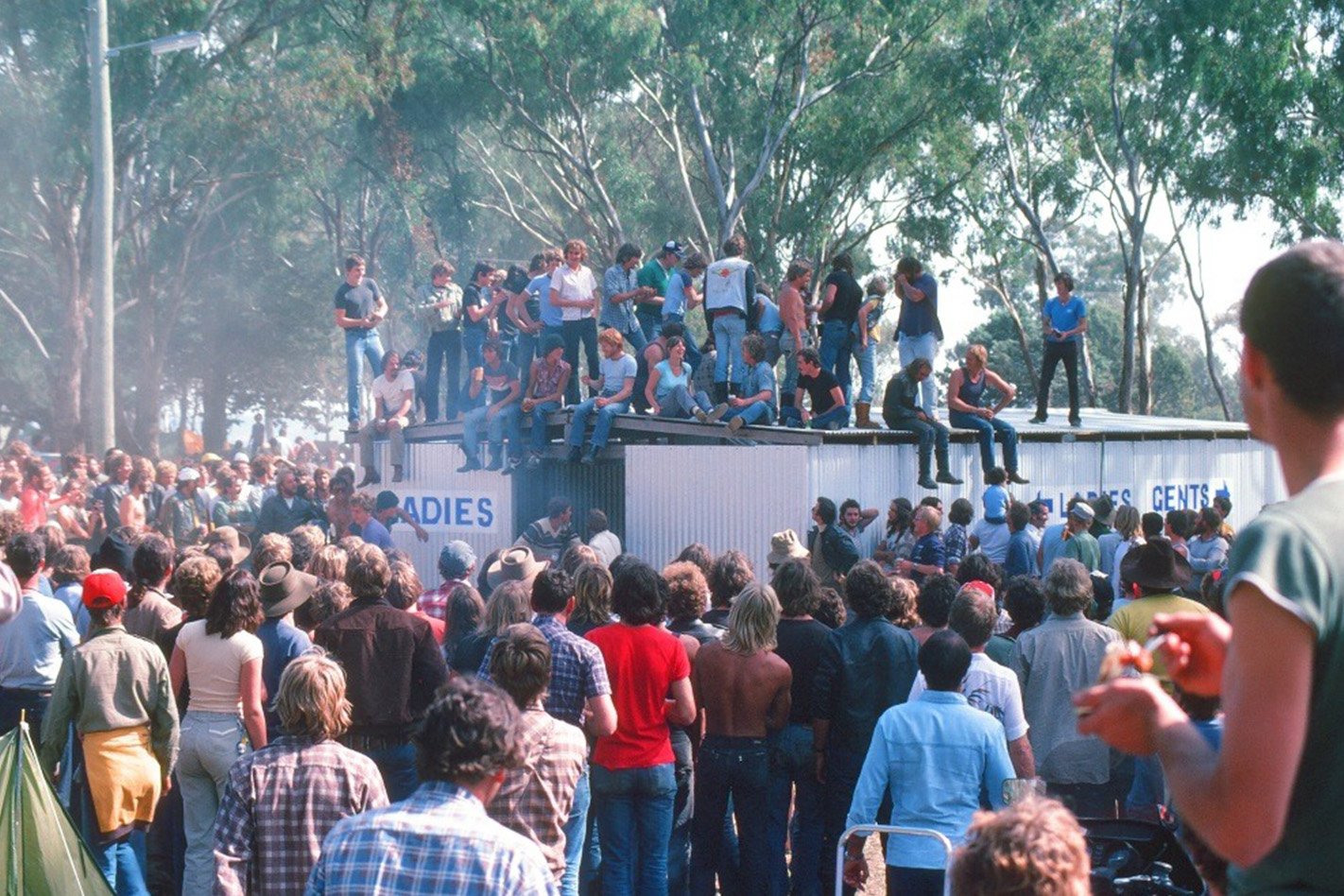
On the night of April 2, 1983, the top of Mount Panorama was turned into a battlefield. Tensions had been rising all weekend, with motorcyclists complaining of heavy-handed and unfair treatment by the police. Returning serve, authorities claimed fans had been acting up and taking part in ‘police-baiting’ in an effort to antagonise the cops.
Court records from the time reveal some of the antics of fans. One reveller was caught riding his motorcycle with a 44-gallon drum tied to the back and four of his mates inside. He had an alleged blood-alcohol level of .2.
Another, with a blood-alcohol level of .15, was riding his bike with nine pillions, weaving through the crowd before crashing into a group of police. Three of the people on the bike, including the rider, were naked.
These small, and in isolation relatively harmless, offences built up, and soon police began losing their patience with the crowd.
The spark that ignited the powder keg involved a Volkswagen sedan that drove through a crowded section of the camp ground, hitting two tents and a motorcycle.
Owners of the aforementioned tents and motorcycle were less than pleased at the turn of events, and confronted the VW driver and passenger. The situation had begun to escalate by time the police arrived. Without making any inquiries, they arrested the owner of the motorcycle.
Match lit.
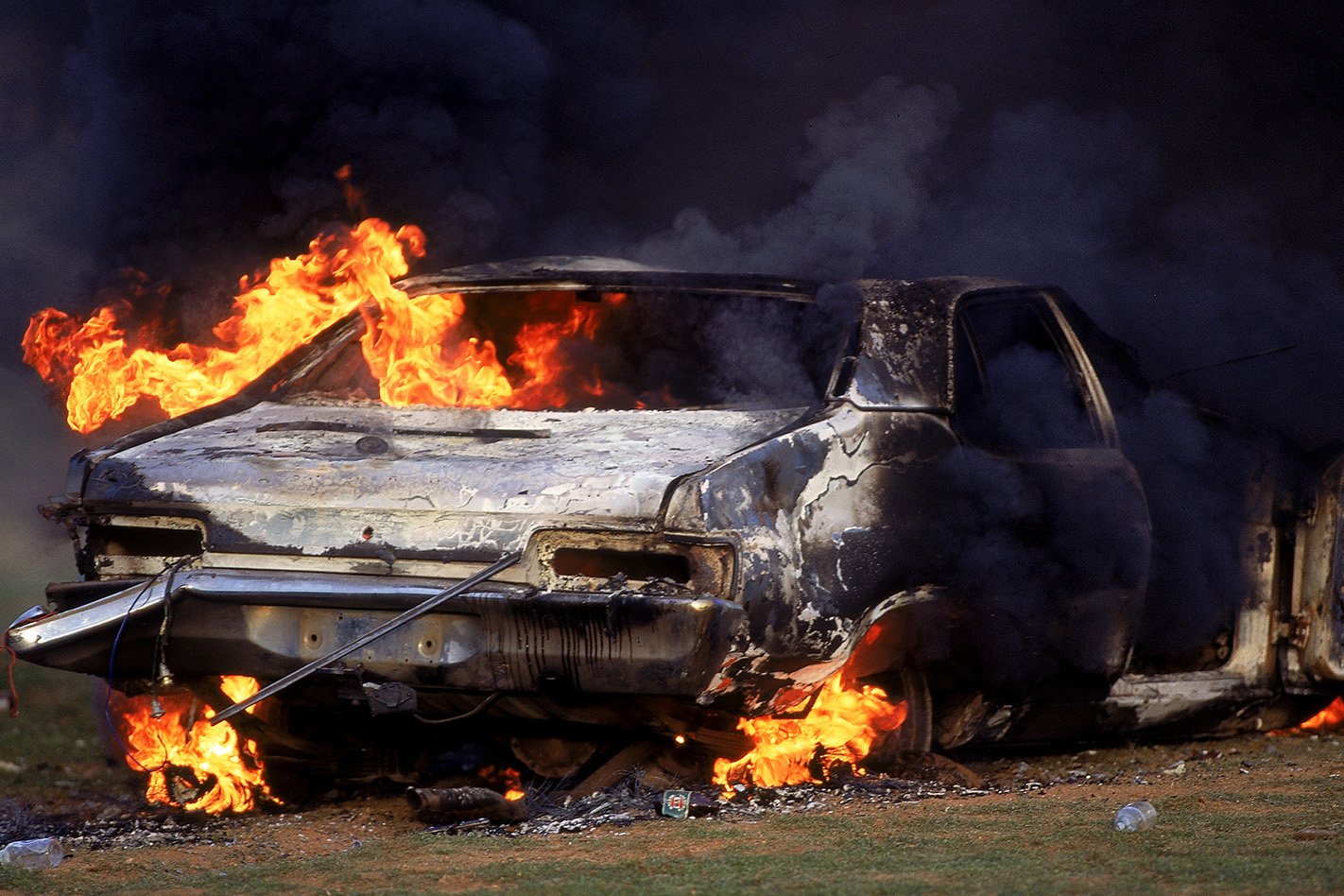
The crowd then began to harass the police, who retreated to a nearby police compound with the occupants of the VW, and the arrested motorcycle rider.
Here’s where things really ratcheted up a notch. Anyone familiar with Mount Panorama would be aware of the police building that is located at the top. Known colloquially as ‘The Fort’, it was surrounded by nine-feet-tall wire fences, and during events was usually staffed by 100 police officers.
On April 2, 1983, however, it contained 120 members of the police force, including all 53 members of the TRG.
Soon enough, The Fort was surrounded by an estimated 2000-4000 fans, armed with an array of beer cans, rocks, bottles, and petrol-soaked toilet rolls. You can imagine what happens next.
Oh, remember the VW that kicked off the whole ordeal? It was flipped on its side, eventually, returned to its wheels, set alight, and rolled towards the police compound.
After a 45-minute siege of the compound, with motorcyclists hurling projectiles, the revellers began to disperse on their own, returning to their camps.
Unwilling or unable to let the affront to authority go unpunished, the TRG squad emerged, equipped with riot helmets, shields and batons. Once the riot squad was able to establish a line of defence around the compound, they began arresting motorcyclists at random. By the end of the weekend, more than 150 were summoned to appear in court.
The carnage is reported to have lasted for over five hours, all with a backing track of The Doors at 120dB, as a band that had been booked to play had forgotten some key piece of equipment and instead opted to blast some crowd-pleasing rock at maximum volume.
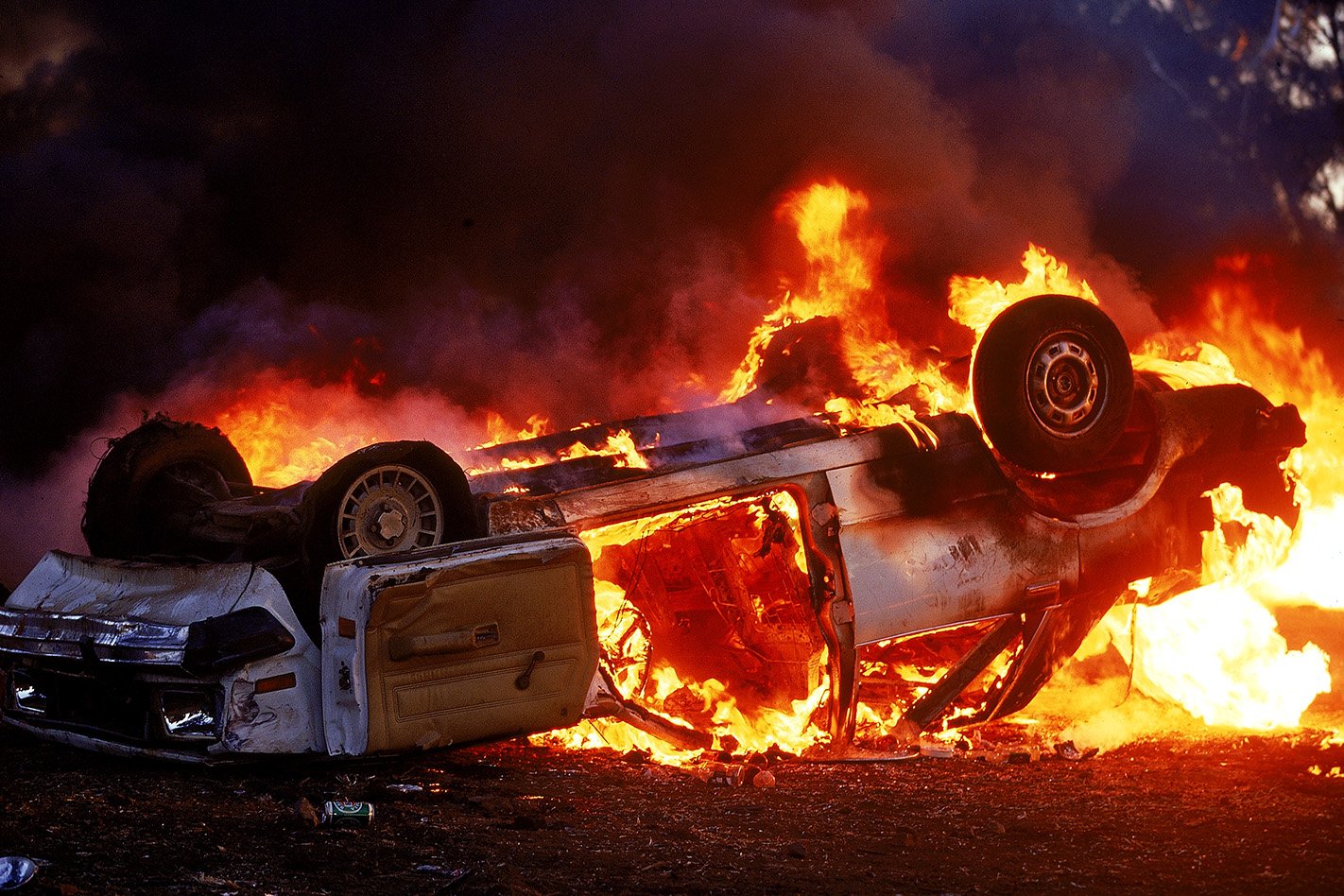
Following the events, the harshest criticism was laid on the TRG, with a report by lawyer David Heilpern stating: “[the TRG] not only proved the most brutal and violent in the riot situation, but also showed themselves to have, to a large degree, instigated the riot itself.”
In 1985, clashes between police and revellers escalated once again, this time lasting eight hours, with a vehicle belonging to a Channel 7 news team set alight.
The report into the ’83 riots would recommend the banning of alcohol from further events at The Mount, which would be implemented in ’86. This, combined with dwindling attendance rates, would kill the Easter bike races at Bathurst.
After that, the riots at Bathurst races ceased. Nowadays, with 200,000 attendees across the Bathurst 1000 weekend, events at Mount Panorama have a much more family-friendly tone.
There is still revelry and high spirits, but the colossal police presence ensures all shenanigans are quickly contained.
We recommend
-
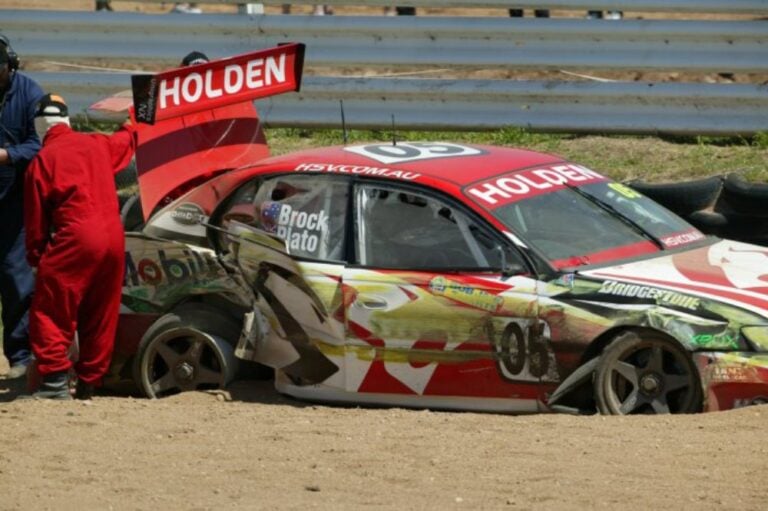 Features
FeaturesThe best (and worst) attempts at the Bathurst 1000 by international drivers
There is a reason that only a single international driver pairing has ever won The Great Race
-
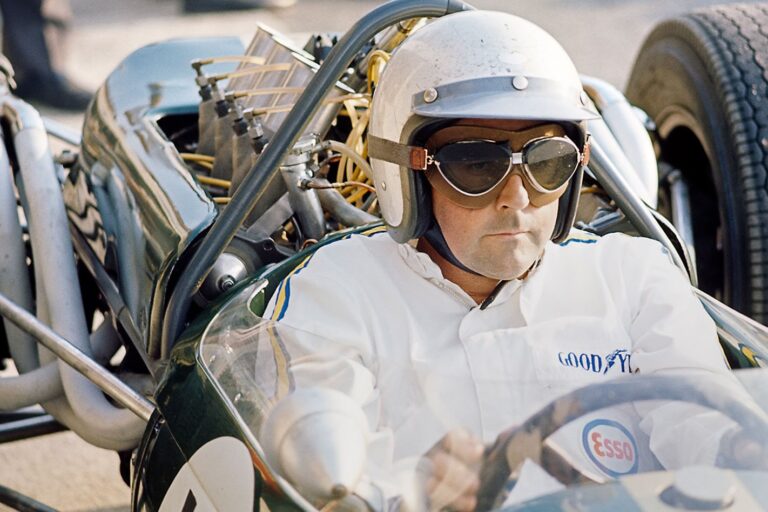 Features
FeaturesThe story of Stirling Moss and Jack Brabham at Bathurst
Peter Robinson recalls what happened when Formula 1 royalty raced at Mount Panorama
-
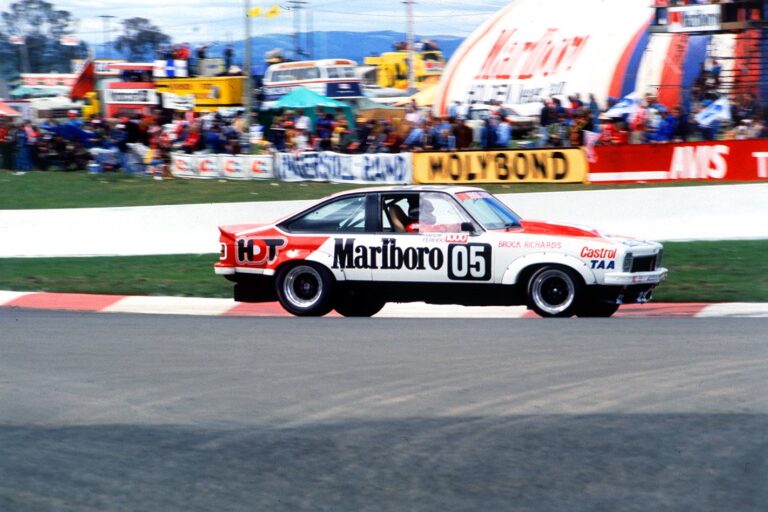 Features
FeaturesBathurst's top 50 moments
Time on your hands during the biggest week in Australian motor sport? Wheels compiles its list of the 50 most memorable moments of the great race


